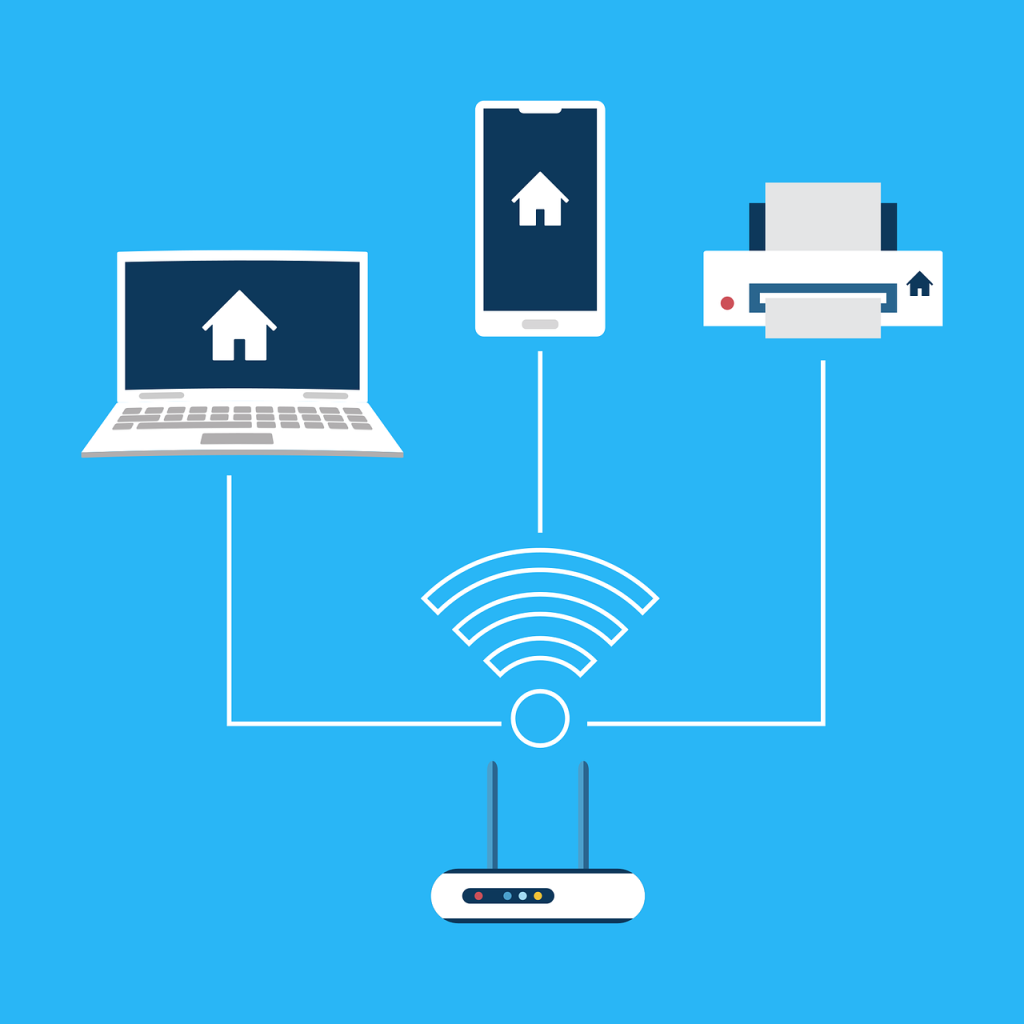
From voice assistants to smart fridges, light bulbs to video doorbells, the average Aussie home is quickly filling up with connected tech. We’re living in the age of smart devices — but many households are still relying on outdated Wi-Fi setups that just can’t keep up.
If your smart home is starting to feel a little… not so smart — with laggy voice commands, delayed responses, or random disconnects — your Wi-Fi may be to blame. Before you rush to add yet another gadget to the mix, take a moment to review your setup — and maybe even compare internet providers to make sure your plan still suits your needs.
Because the truth is, a single smart speaker won’t crash your network — but a whole house full of connected tech might if your Wi-Fi can’t handle the load.
The New Normal: Dozens of Devices, One Connection
Let’s do a quick count. Your home probably has more devices connected to Wi-Fi than you realise:
- Smartphones, tablets, laptops
- Smart TVs and streaming sticks
- Voice assistants like Google Nest or Alexa
- Smart lights, plugs, doorbells, locks, and cameras
- Gaming consoles and PCs
- Appliances that sync with apps (fridges, washers, robot vacuums)
Now imagine all of those devices trying to send or receive data at once. Even if they’re not constantly in use, many of them stay connected in the background, downloading updates or syncing data. That constant chatter can overload your network — especially if you haven’t upgraded your equipment in a few years.
More Devices Doesn’t Just Mean More Data
It’s not just about bandwidth. Wi-Fi routers have a limit on how many devices they can efficiently manage at once. Older routers may start to struggle after 10–15 connections. Once you hit that limit, even fast internet speeds won’t help.
Your home network needs to:
- Handle device management smoothly (especially when switching tasks)
- Prioritise time-sensitive activities (like video calls or streaming)
- Deliver consistent performance across multiple rooms
If your video doorbell lags when someone’s watching Netflix in another room, that’s a sign your Wi-Fi is stretched too thin.
The Hidden Wi-Fi Bottlenecks
Here are some common reasons your smart devices aren’t performing like they should:
1. Single-Band Routers
If your router only broadcasts on the 2.4GHz band, it’s likely overcrowded. Devices can interfere with each other and slow everything down.
✅ Solution: Upgrade to a dual-band or tri-band router. These let you separate devices across different frequencies to reduce congestion.
2. Poor Router Placement
Routers tucked away in corners, behind TVs, or inside cabinets won’t perform at their best. Signals weaken as they pass through walls and floors.
✅ Solution: Place your router in a central, open location — ideally up high and away from obstructions.
3. Lack of Prioritisation
Most routers treat all traffic the same — whether it’s a critical Zoom meeting or a smart light syncing an update.
✅ Solution: Use QoS (Quality of Service) settings to prioritise essential traffic like video calls or streaming.
4. No Mesh Network
If you live in a larger or multi-level home, a single router may not cover everything.
✅ Solution: Consider a mesh Wi-Fi system that uses multiple nodes to deliver stronger, more consistent coverage.
When the Problem Isn’t the Wi-Fi
Sometimes, it’s not your router that’s to blame — it’s your internet plan. If you’ve recently added more smart devices or now work from home, your existing plan might not cut it anymore.
Ask yourself:
- Are you regularly streaming in HD or 4K?
- Do you have kids gaming online or doing remote learning?
- Have you recently added cameras or cloud-connected devices?
If the answer is yes to several of these, your household probably needs at least 100 Mbps — and higher upload speeds if you’re using cloud services or video conferencing.
It’s worth reviewing your plan details and checking what speeds you’re actually getting during peak usage hours. And if your current provider isn’t delivering what they promised, it might be time to shop around.
Make Your Wi-Fi Smarter, Too
Your smart home is only as good as the network it runs on. The best way to future-proof your setup is to treat your Wi-Fi like any other piece of technology — it needs attention, updates, and sometimes upgrades.
Here’s what to do:
- Audit your devices: How many are connected right now?
- Test your speed: Both near the router and in the rooms where smart devices live
- Update your router firmware: Manufacturers often release performance and security improvements
- Reboot your router regularly: Just like a computer, it needs a refresh
Ready for a Smarter Connection?
Smart tech should make life easier, not more frustrating. If your gadgets aren’t working as smoothly as they should, don’t blame the devices — check your network first.
Because as smart as your gear gets, it’s only as clever as the Wi-Fi holding it all together.





















